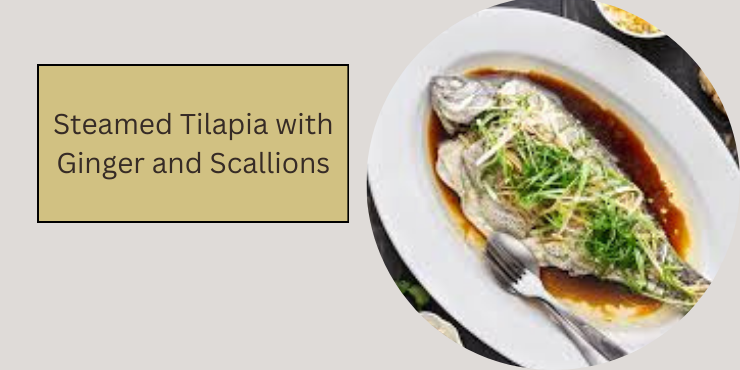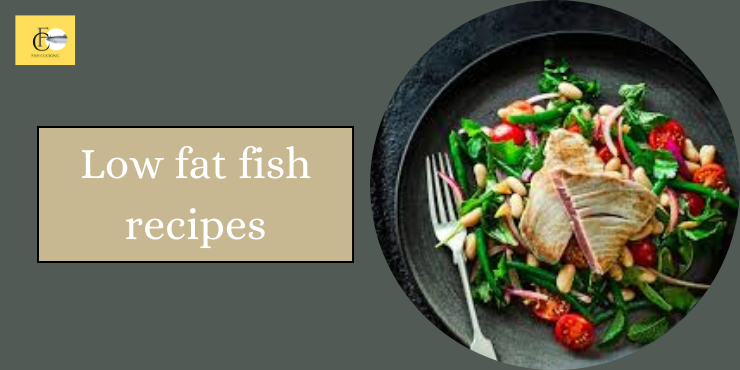Low fat fish recipes
Creating low fat fish recipes is an excellent way to enjoy nutritious and delicious meals without adding extra calories. Fish is naturally low in fat and high in protein, making it a perfect choice for health-conscious individuals. This article will guide you through various techniques, tips, and recipes for preparing low-fat fish dishes that are both tasty and healthy.
Benefits of Eating Fish
Before diving into recipes, let’s explore the benefits of including fish in your diet:
- High in Protein: Fish is a great source of high-quality protein, essential for building and repairing tissues.
- Low in Saturated Fat: Most fish have lower saturated fat compared to other animal proteins, which is better for heart health.
- Rich in Omega-3 Fatty Acids: Fatty fish like salmon, mackerel, and sardines are high in omega-3s, which are beneficial for brain health and reducing inflammation.
- Packed with Vitamins and Minerals: Fish provide essential nutrients such as vitamin D, B2 (riboflavin), calcium, phosphorus, and minerals like iron, zinc, iodine, magnesium, and potassium.
Techniques for Cooking Low Fat Fish Dishes
- Grilling: This method uses dry heat and minimal oil. It’s perfect for firm fish like salmon, tuna, and swordfish.
- Baking: Baking fish in the oven with herbs and a touch of olive oil or lemon juice ensures a flavorful and healthy meal.
- Steaming: Steaming preserves the nutrients and natural flavors of the fish. It’s a great method for delicate fish like sole and flounder.
- Poaching: Poaching fish in a flavorful broth or water is a gentle cooking method that keeps the fish moist without adding fat.
- Broiling: Similar to grilling, broiling uses high heat from above and is excellent for cooking fish quickly and with little fat.
Tips for Preparing Low Fat Fish Recipes
- Choose Fresh Fish: Fresh fish has better flavor and texture. Look for firm flesh, clear eyes, and a fresh, ocean-like smell.
- Use Healthy Marinades: Marinate fish in citrus juice, herbs, and a small amount of healthy oil like olive oil. Avoid heavy, cream-based marinades.
- Incorporate Vegetables: Pair fish with a variety of vegetables to add fiber, vitamins, and minerals to your meal.
- Limit Added Fats: Use minimal amounts of healthy fats like olive oil. Avoid butter and heavy sauces.
- Enhance with Herbs and Spices: Use fresh herbs, garlic, ginger, and spices to add flavor without extra calories.
Low Fat Fish Recipes
Here are some delicious and easy-to-prepare low-fat fish recipes:
1. Grilled Lemon Herb Salmon
Ingredients:
- 4 salmon fillets
- Juice of 2 lemons
- 2 tablespoons olive oil
- 2 cloves garlic, minced
- 1 tablespoon fresh thyme
- 1 tablespoon fresh rosemary
- Salt and pepper to taste
Instructions:
- In a bowl, mix lemon juice, olive oil, garlic, thyme, rosemary, salt, and pepper.
- Marinate the salmon fillets in the mixture for at least 30 minutes.
- Preheat the grill to medium-high heat.
- Grill the salmon for 4-5 minutes on each side, or until it flakes easily with a fork.
- Serve with a side of steamed vegetables.
2. Baked Cod with Tomatoes and Capers

Ingredients:
- 4 cod fillets
- 1 cup cherry tomatoes, halved
- 2 tablespoons capers
- 1 lemon, sliced
- 2 tablespoons olive oil
- 1 tablespoon fresh parsley, chopped
- Salt and pepper to taste
Instructions:
- Preheat the oven to 400°F (200°C).
- Place cod fillets in a baking dish.
- Scatter cherry tomatoes, capers, and lemon slices over the fish.
- Drizzle with olive oil and season with salt and pepper.
- Bake for 20-25 minutes, or until the fish is opaque and flakes easily with a fork.
- Garnish with chopped parsley before serving.
3. Steamed Tilapia with Ginger and Scallions

Ingredients:
- 4 tilapia fillets
- 1-inch piece of fresh ginger, thinly sliced
- 4 scallions, cut into 2-inch pieces
- 2 tablespoons soy sauce (low sodium)
- 1 tablespoon rice vinegar
- 1 tablespoon sesame oil
Instructions:
- Arrange the tilapia fillets in a steamer basket.
- Top with ginger slices and scallions.
- Steam over simmering water for about 10 minutes, or until the fish is cooked through.
- In a small bowl, mix soy sauce, rice vinegar, and sesame oil.
- Drizzle the sauce over the steamed fish before serving.
4. Poached Halibut with Citrus and Herbs
Ingredients:
- 4 halibut fillets
- 2 cups low-sodium vegetable or chicken broth
- 1 orange, thinly sliced
- 1 lemon, thinly sliced
- 1 tablespoon fresh dill, chopped
- 1 tablespoon fresh basil, chopped
- Salt and pepper to taste
Instructions:
- In a large skillet, bring the broth to a simmer.
- Add orange and lemon slices to the broth.
- Gently place the halibut fillets in the skillet.
- Poach the fish for about 10 minutes, or until it is opaque and flakes easily with a fork.
- Remove the fish and citrus slices from the skillet.
- Sprinkle with fresh dill, basil, salt, and pepper before serving.
5. Broiled Trout with Garlic and Dill
Ingredients:
- 4 trout fillets
- 2 tablespoons olive oil
- 3 cloves garlic, minced
- 1 tablespoon fresh dill, chopped
- 1 lemon, cut into wedges
- Salt and pepper to taste
Instructions:
- Preheat the broiler.
- Place trout fillets on a broiler pan.
- In a small bowl, mix olive oil, garlic, dill, salt, and pepper.
- Brush the mixture over the trout fillets.
- Broil for about 5-7 minutes, or until the fish is cooked through and flakes easily with a fork.
- Serve with lemon wedges.
Conclusion
Incorporating low-fat fish recipes into your diet can significantly contribute to a healthier lifestyle. By using various cooking methods like grilling, baking, steaming, poaching, and broiling, you can enjoy a wide range of delicious and nutritious fish dishes. Remember to choose fresh fish, use healthy marinades, incorporate plenty of vegetables, limit added fats, and enhance flavors with herbs and spices. With these tips and recipes, you’ll be well on your way to enjoying tasty and low-fat fish meals.

